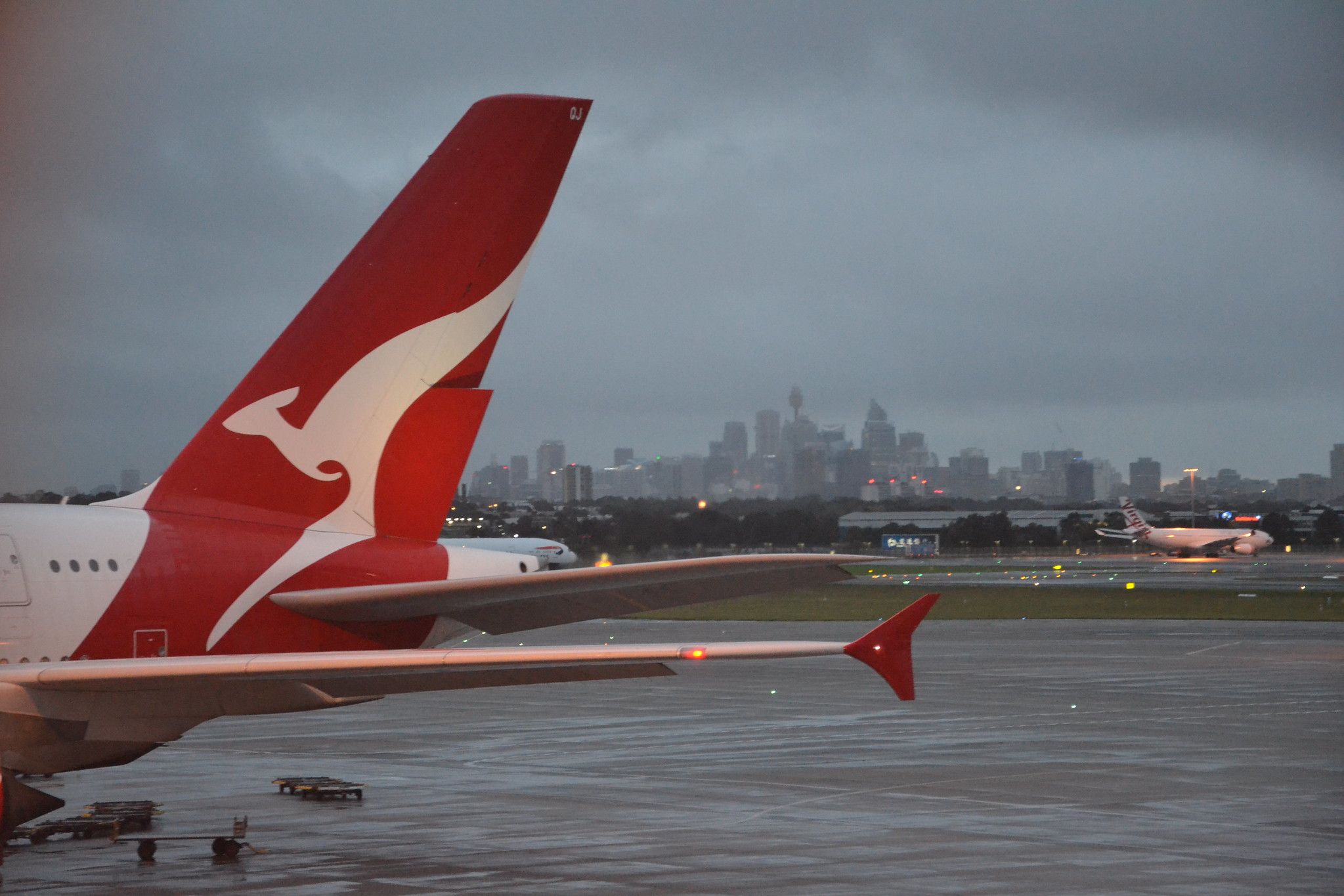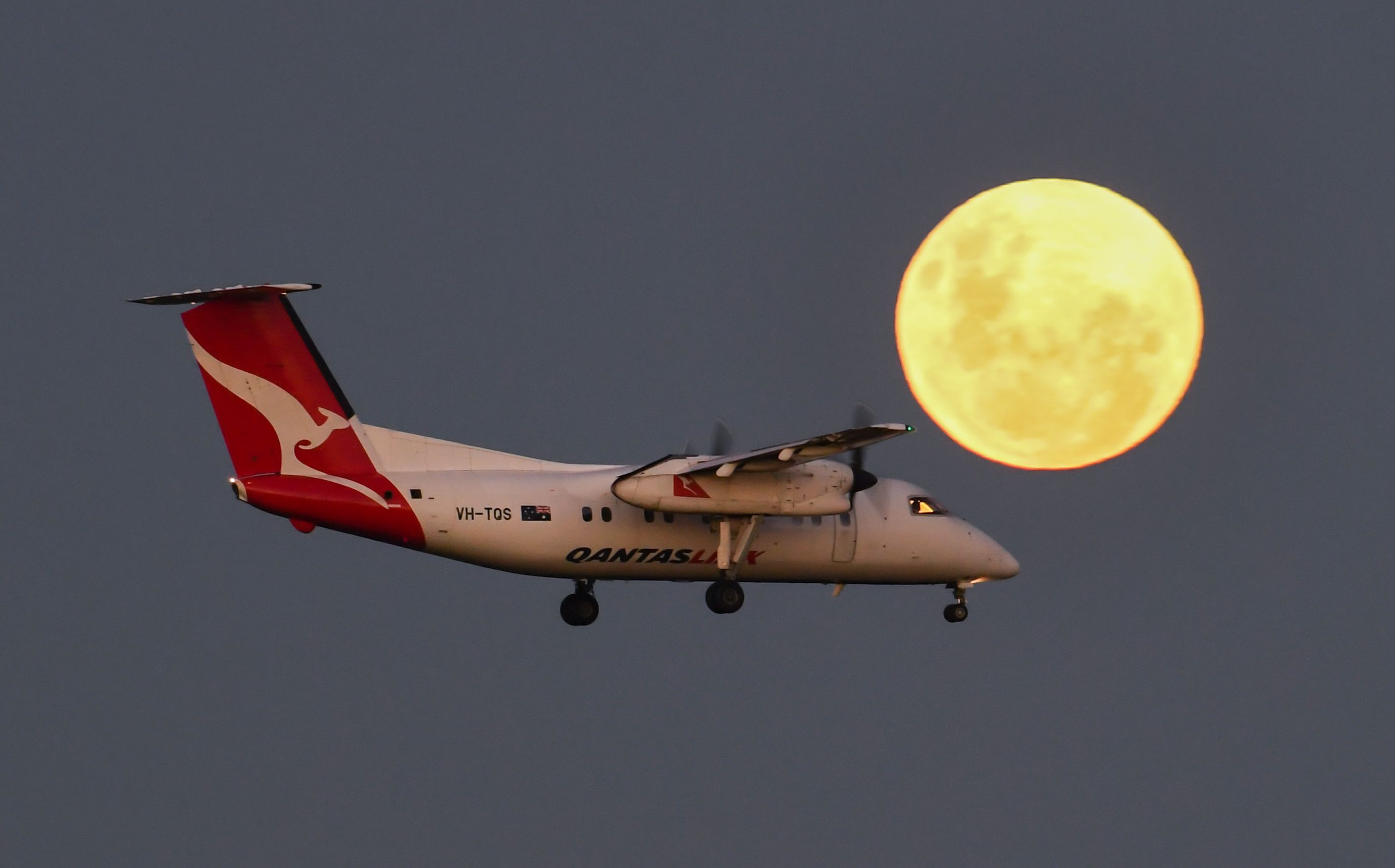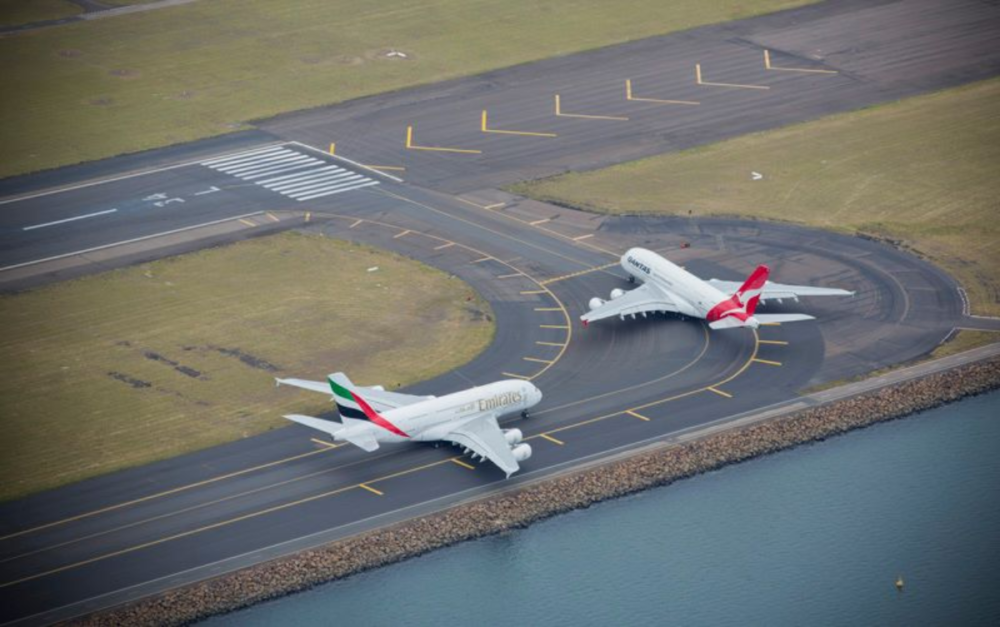Sydney Kingsford Smith Airport (YSSY) is Australia’s busiest airport and thanks to severe weather, more and more dependent on a single runway. With climate change creating more turbulence, this may become a more regular occurrence at more airports.
Sydney Kingsford Smith Airport’s runway configuration
One should note the airport has three runways, two of which generally go north to south, with the third runway (07/25) generally going west to east. This third asphalt runway, with a length of 2,530 meters or 8, 301 feet is the runway that YSSY increasingly depends on due to strong winds.
Why does wind matter?
Wind matters because an airplane always takes off into the wind and lands into a headwind if possible. You can read a detailed analysis why.
Furthermore, having a crosswind on takeoff or landing can literally blow an aircraft off of the runway. A crosswind is where the wind is going against the path of flight, as per the below YouTube from Runway 34R at YSSY. As you can see, crosswind issues are real with that runway and its counterpart, and although an airplane can crab against some crosswinds and mitigate there are limits:
As you can see, crosswind issues are real with that runway and its counterpart.
High winds causing serious problems
YSSY has had issues with crosswinds for a significant while, as per above. But the worst instance was arguably around September 22, 2022, when Airservices Australia – the Australian government air navigation service – had to issue the following statement:
“Safety is our No. 1 priority. Sydney Airport is expected to shortly move to operating off a single runway due to poor weather conditions – heavy showers and strong north-easterly winds. We are constantly monitoring weather conditions. We expect parallel runway operations will resume at Sydney Airport as soon as conditions permit.”
Curfew Issues
An additional challenge for YSSY is that the airport does have a curfew of 11 pm until 6 am local time. The terminals are locked down for the night and reopen starting at 2:30 AM for T1, the international terminal and for T2 plus T3, the domestic terminals, at 4 AM. This noise abatement measure also adds to the strain of managing demand.
Furthermore, according to the December 12, 2022, Sydney Morning Herald, modeling in 2019 showed three hours of afternoon weather disruption would stop 41 flights by the 11 PM curfew. These denied flights would cause a backlog that would take until 11 AM the next day to clear.
A YSSY spokesperson said to The Sydney Morning Herald that the “ripple effect” “could be fixed by reforming decades-old regulation that prevents the airport from being able to catch up after disruptions, reforms that wouldn’t involve a single extra flight than what is currently allowed”. Of course, there’s the delicate noise abatement politics to be navigated.
However, Qantas’s chief operations officer Colin Hughes did say in the same news report there was the solution of using reserve aircraft and aircrew to get back on schedule faster.
What is your assessment of the situation? Please share with civility in the comments.
Source: The Sydney Morning Herald




